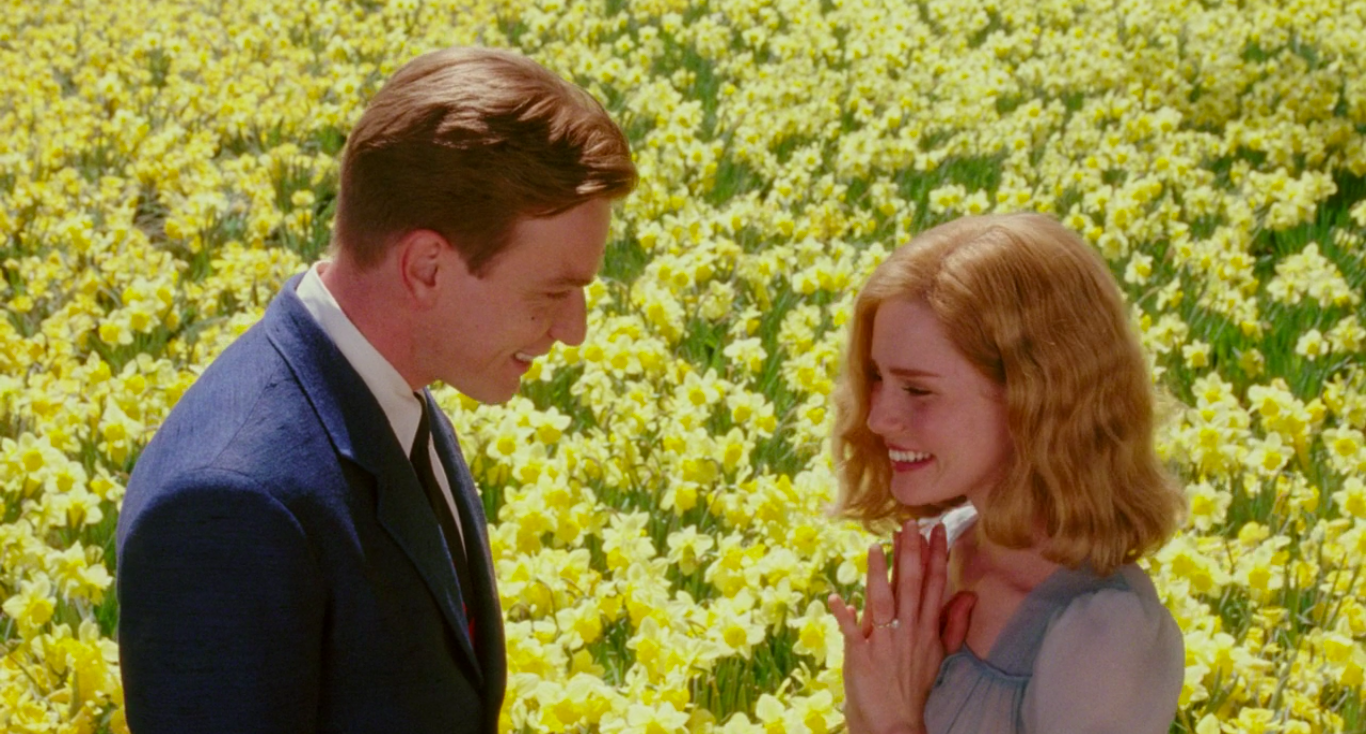Table of Contents Show
When a person thinks of director Tim Burton, images of outlandish characters and the supernatural come to mind. After all, Burton is responsible for introducing Edward Scissorhands and Beetlejuice into our imaginations. Therefore, the film Big Fish does not seem like a Burton work at first, with its typical American landscape and average looking people.
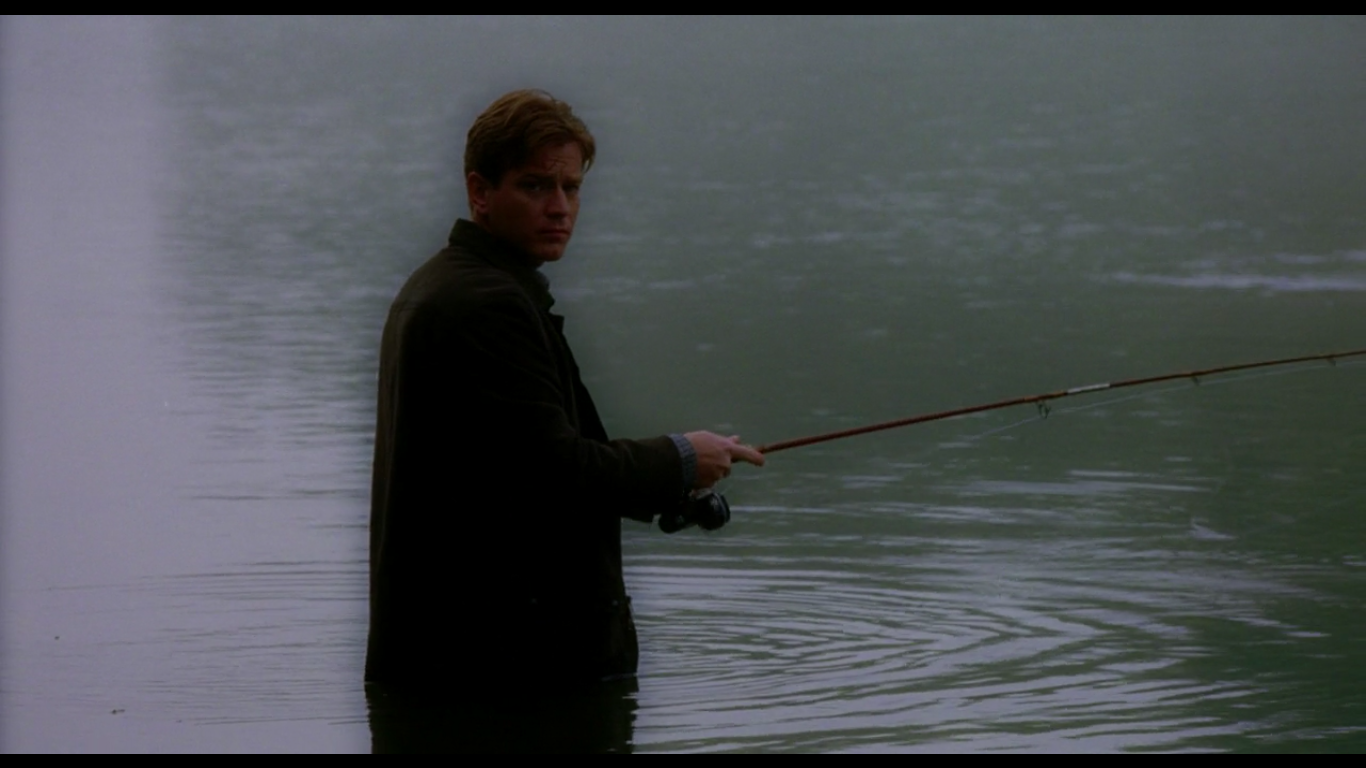
However, through the retelling of Edward Bloom’s life, it becomes clear that there is magic in this film as extraordinary things happen to ordinary people. Through his role as an auteur, Tim Burton uses a unique form of mise en scène that turns a drab American setting into a fantastical landscape in his film Big Fish.
An Introduction To Big Fish
The film Big Fish tells many stories, branching from two characters, Will and Edward Bloom. Will is the estranged son of Edward, who after not speaking to his father for over three years returns home with his pregnant wife to help care for his slowly dying father. While at home, Will reflects on the stories his father told him during his childhood. Despite the tales being about his father defying death, meeting giants, and saving towns, Edward claims that every story is true.

As Edward rests on his death bed and Will reminiscences, viewers are taken into Edward’s tall tales, seeing them just as he told Will, magic and all. The film develops a pattern of going back and forth between reality and fiction as the mythology of Edward Bloom is developed. Whenever the movie dives into Edward’s imagination, Burton’s mise en scène becomes extremely important as it is what turns the American setting into a fantasy world. In order for there to be verisimilitude and for viewers to believe in what Edward is saying, there must be a world in which his tall tales seem possible.
An Introduction To Mise En Scène
In the world of film, the mise en scène refers to what appears on the screen. In this article, coloring, costuming, lighting and casting will be focused on. Burton’s style as an auteur has caused his films to have mise en scènes that stand out. Overall, his mise en scènes have been defined as dark, with strange characters and themes of death. While Big Fish tends to stay away from this dark style, it contains the same theme of death and larger than life characters. (( Vera, Agota. “What Makes A Film An ‘Auteur’ Film?” !Snap!, 6 Aug. 2016, agotavera.wordpress.com/2015/02/14/what-makes-a-film-an-auteur-film/. ))
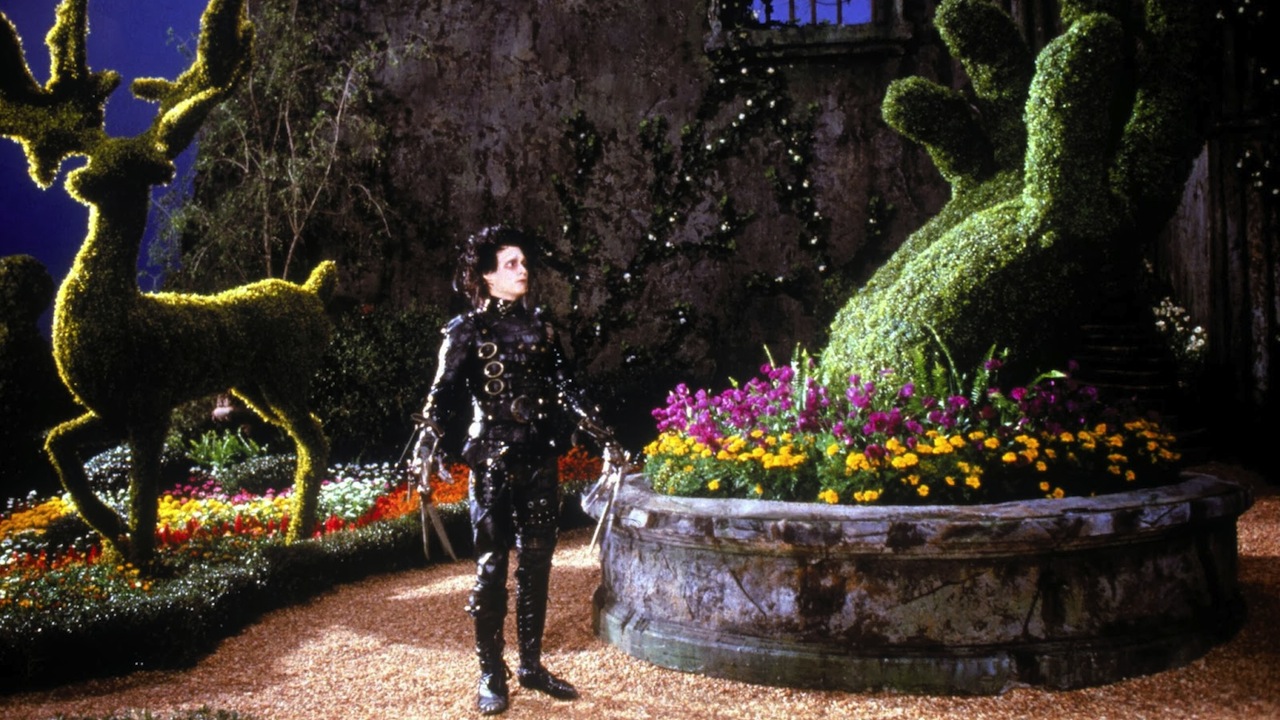
It is important to note that this change may be a result of Tim Burton’s personal experience at the time. Prior to the film, Burton both lost his father and had his first child with Helena Bonham Carter. With this in mind, the film having more connections to reality than his prior works makes sense and effects his style as an auteur (( Kehr, Dave. Review of TIM BURTON COMES HOME WITH A STORY ABOUT TALL TALES AND SIMPLE TRUTHS, Review of Big Fish Film Society of Lincoln Center, 2003. )).
Despite these differences, however, the mise en scène in Big Fish still achieves the same goal of every Tim Burton film, to create a fantasy. By dissecting what we see on screen, how exactly this fantasy is created can be explored.
Colors
In Big Fish, one of the easiest ways to tell reality from fiction is the colors being used in each scene. When in reality, muted tones are used with realistic color palettes and shading. The goal is to create a sense of color that mimics real life as much as possible. In the image below, the colors appear to be similar to what anyone would see at a family gathering.
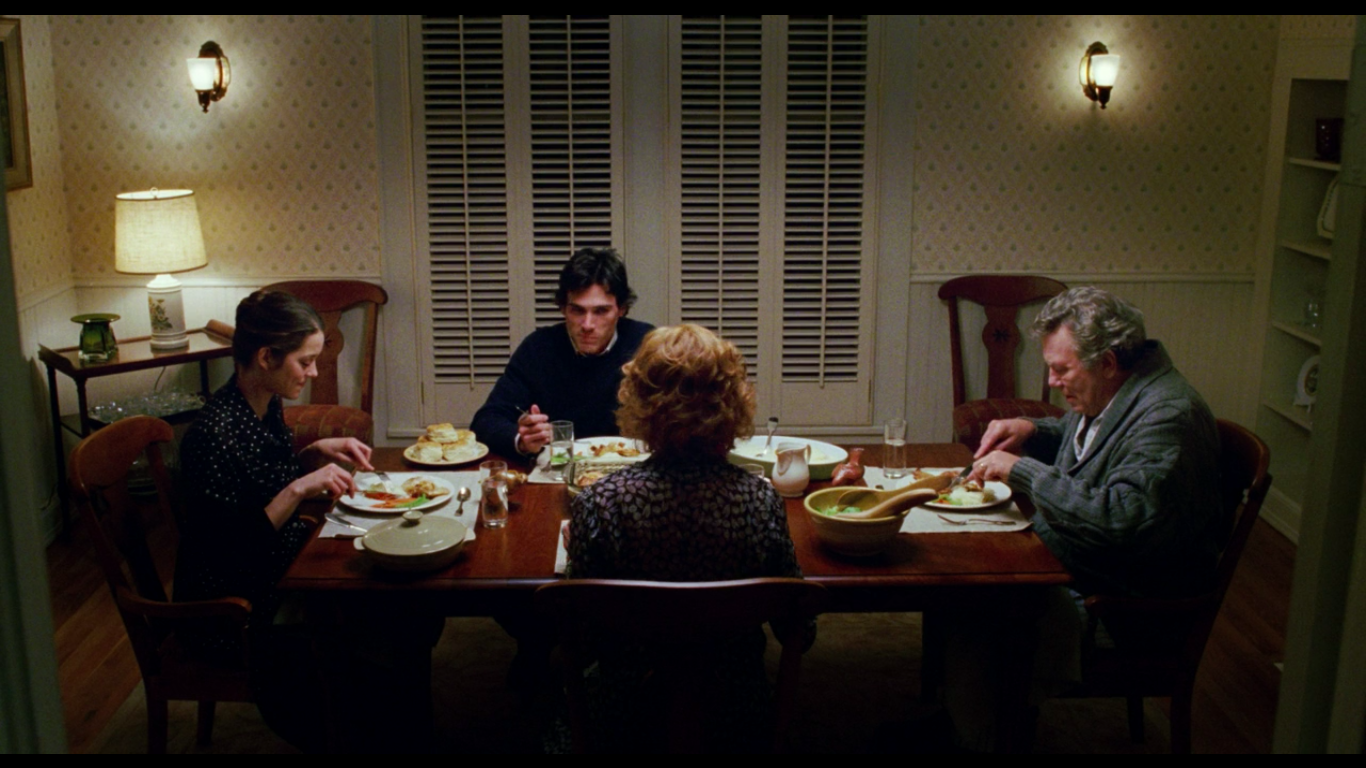
Once in Edward’s fantasy world, however, colors become instantly exaggerated. Bright colors are made to be even brighter and dark colors become even darker. A palette that is near impossible to find in real life is created. The fictional America Edward lives in appears to almost be in technicolor.
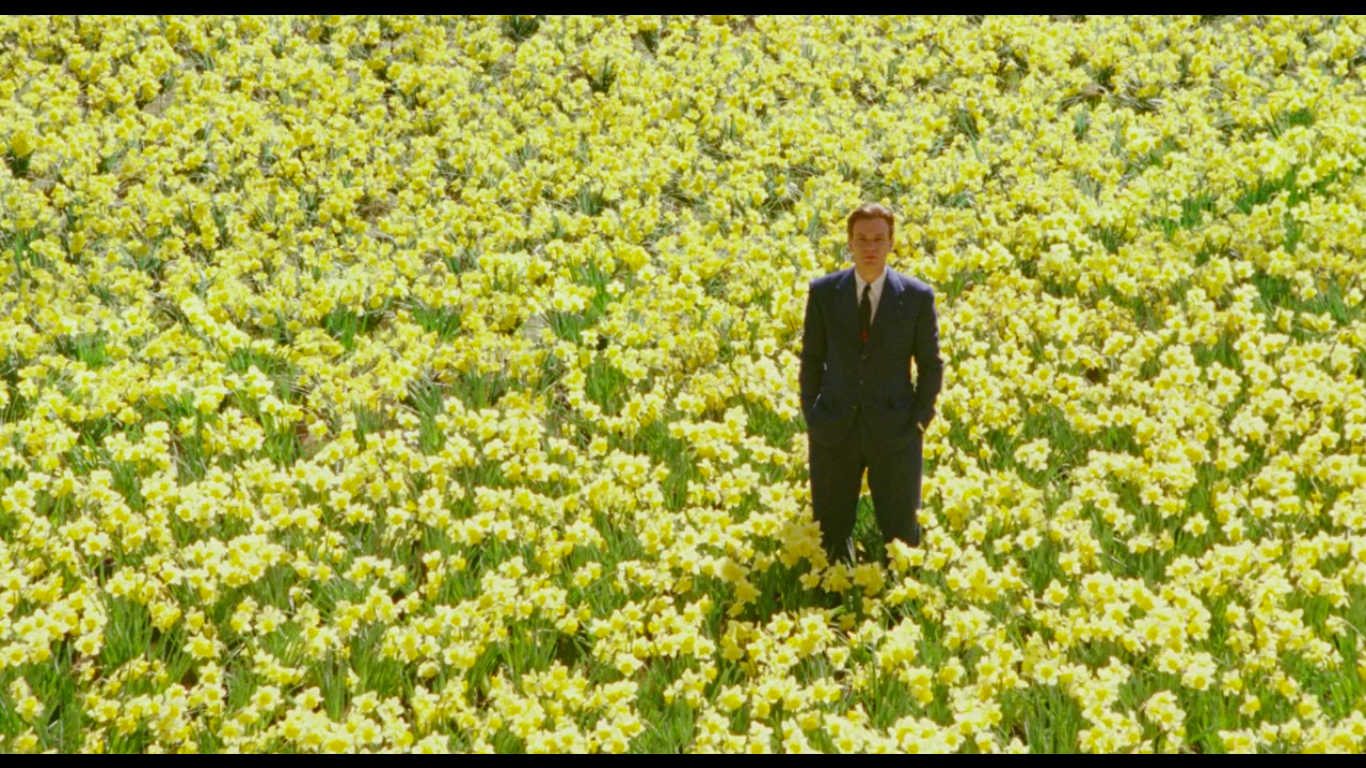
With technicolor mimicry and unreal levels of color, America becomes a world of magic and possibility, where these palettes are possible. Furthermore, the film is able to remind viewers of movies such as The Wizard of Oz through its use of technicolor-esque tones. By drawing connections between Big Fish and other films with fictional worlds, Burton’s mise en scène takes its first steps towards a new America.
Lighting
When viewers are inside Edward’s stories, it quickly becomes clear that practical and natural lighting will not be the primary source of light. Rather, there is a large use of high key lighting that adds to the idea that this setting exists within an imagined world. The majority of the scenes in Big Fish use high key lighting, which brightens colors even further and is very low contrast. As a result, scenes from Edward’s adventure tend to look softened, especially those involving Edward’s wife Sandra.
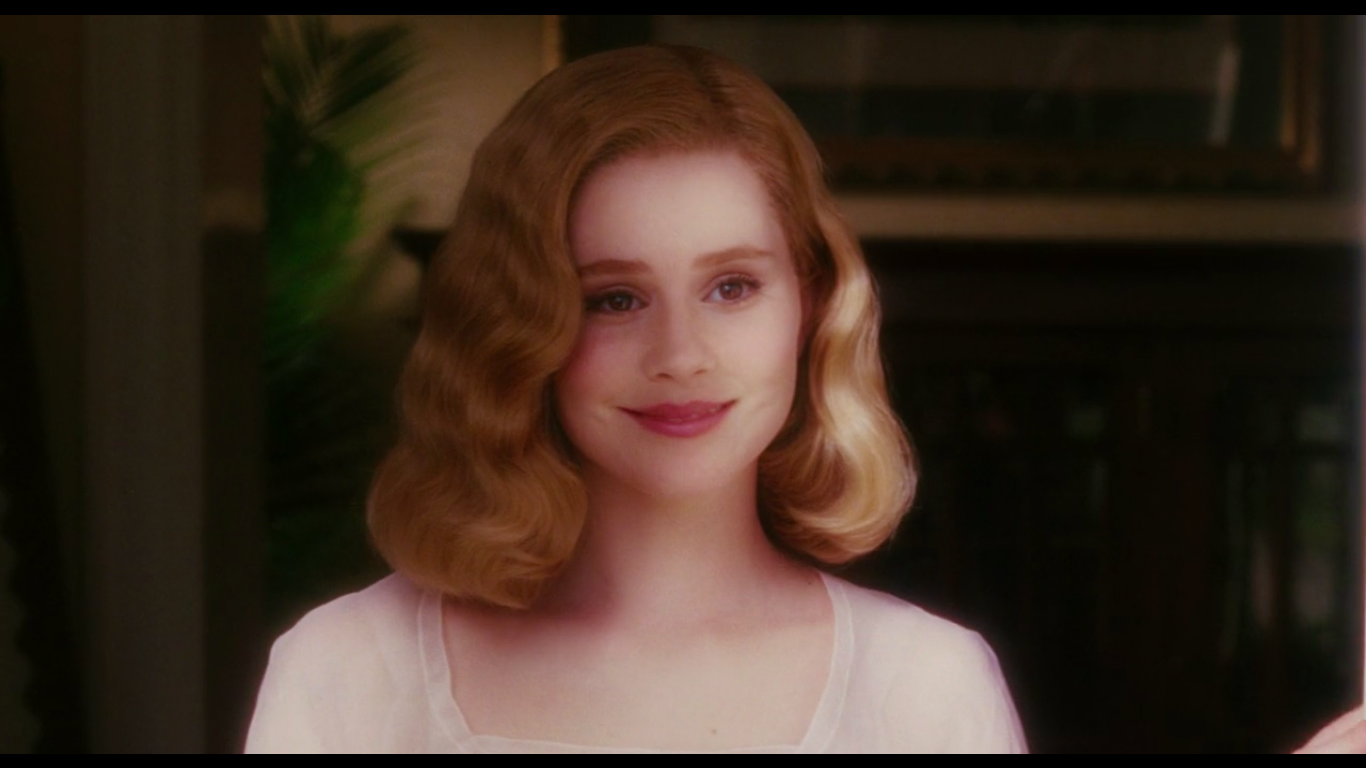
This creates the overall impression that the setting of Edward’s stories is a dream world rather than a harsh America. The use of natural lighting, as done in later scenes, would mimic real life too much and harshen the film. High key lighting, on the other hand, emphasizes that these tall tales are rooted in an imaginative setting.
Character Actors
Big Fish takes full advantage of the character actors available at the time. Specifically, Danny DeVito and Steve Buscemi. Character actors refer to actors that repeatedly play the same stylized supporting roles. Danny DeVito portrays Amos Calloway. Amos meets Edward once the young man agrees to work day and night for his circus in exchange for information about the girl he has fallen in love with, Sandra Templeton. At this point in his career, DeVito had already worked on films such as Matilda and Batman Returns that had cemented his ability to play devious and small villains.
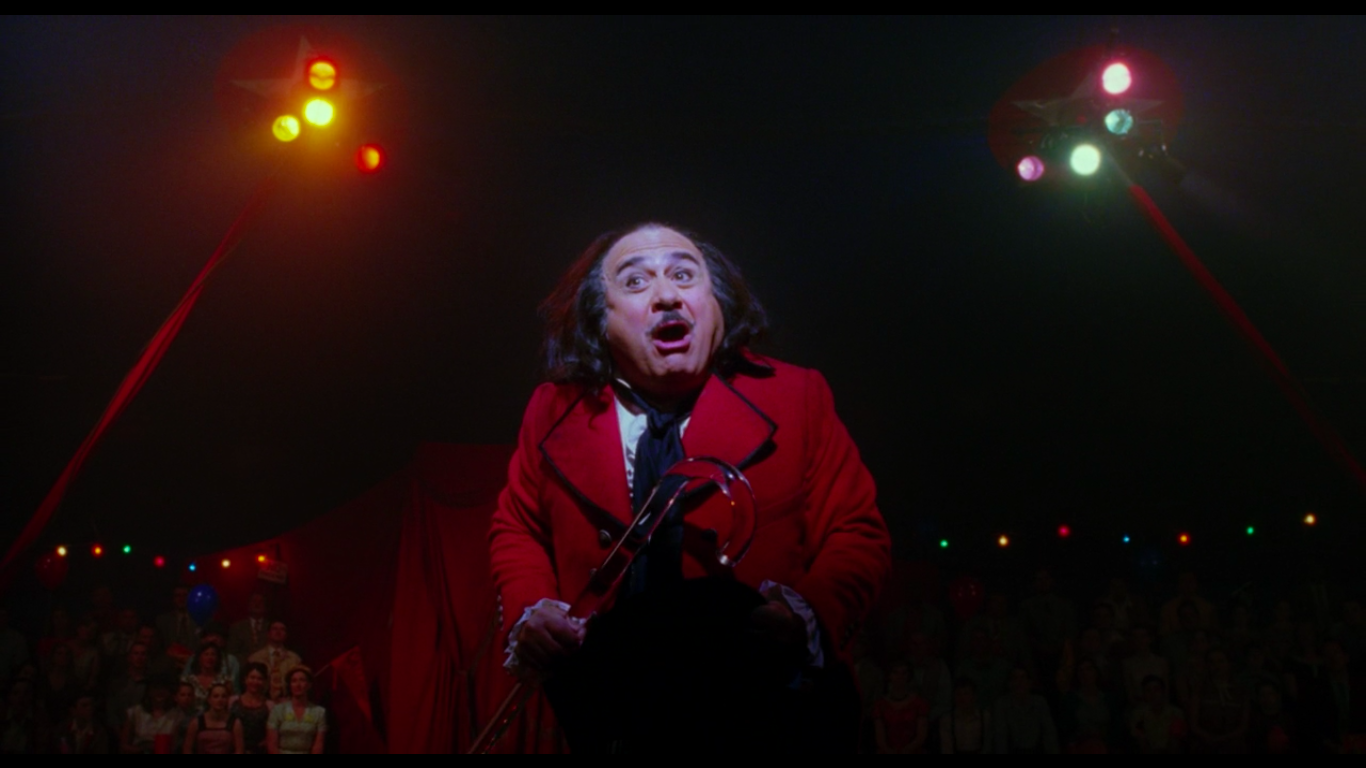
Big Fish takes advantage of the audience’s recognition of DeVito in these roles by casting him as a Rumpelstiltskin-type character. With DeVito’s casting and his manipulation of Edward, Amos turns into the same mysterious trickster we see in fairy tales again and again. This time, however, the fairy tale is in southern America.
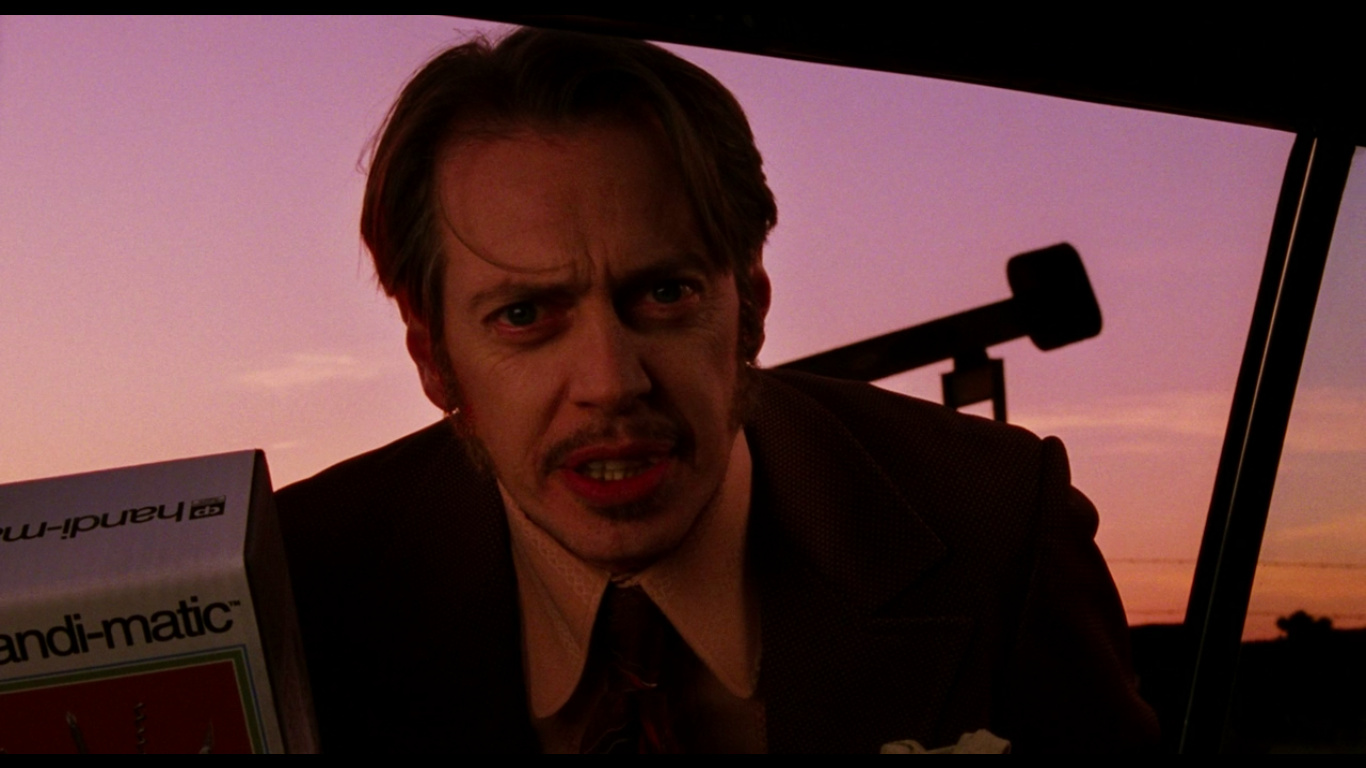
Steve Buscemi is used to emphasizing the unlikely success of his character, Norther Winslow, thanks to his reputation of playing unlucky and lonely men. Norther Winslow starts off as a poet in the small town of Spectre, who falls down on his luck once he leaves home. In the outside world, he turns to bank robbing to make a living. Despite these failures, he strikes gold on Wall Street and grows rich. With an actor such as Buscemi making Winslow out to be the last person you’d expect to grow rich and famous, the idea that in this version of America anyone can be a success is created. In this setting, anything is possible, whether it is unexpected happy endings or magic.
The Addition Of Ewan McGregor
As one of Big Fish‘s primary leads, a young Edward Bloom appears repeatedly on the screen. Therefore, when Ewan McGregor was cast in the role, it had a large effect on the film’s mise en scène. McGregor is one of the most skilled actors at playing a dreamer. Through starring as a poet and lover in Moulin Rouge! the actor proved that he could play a perfectly idealistic young man.
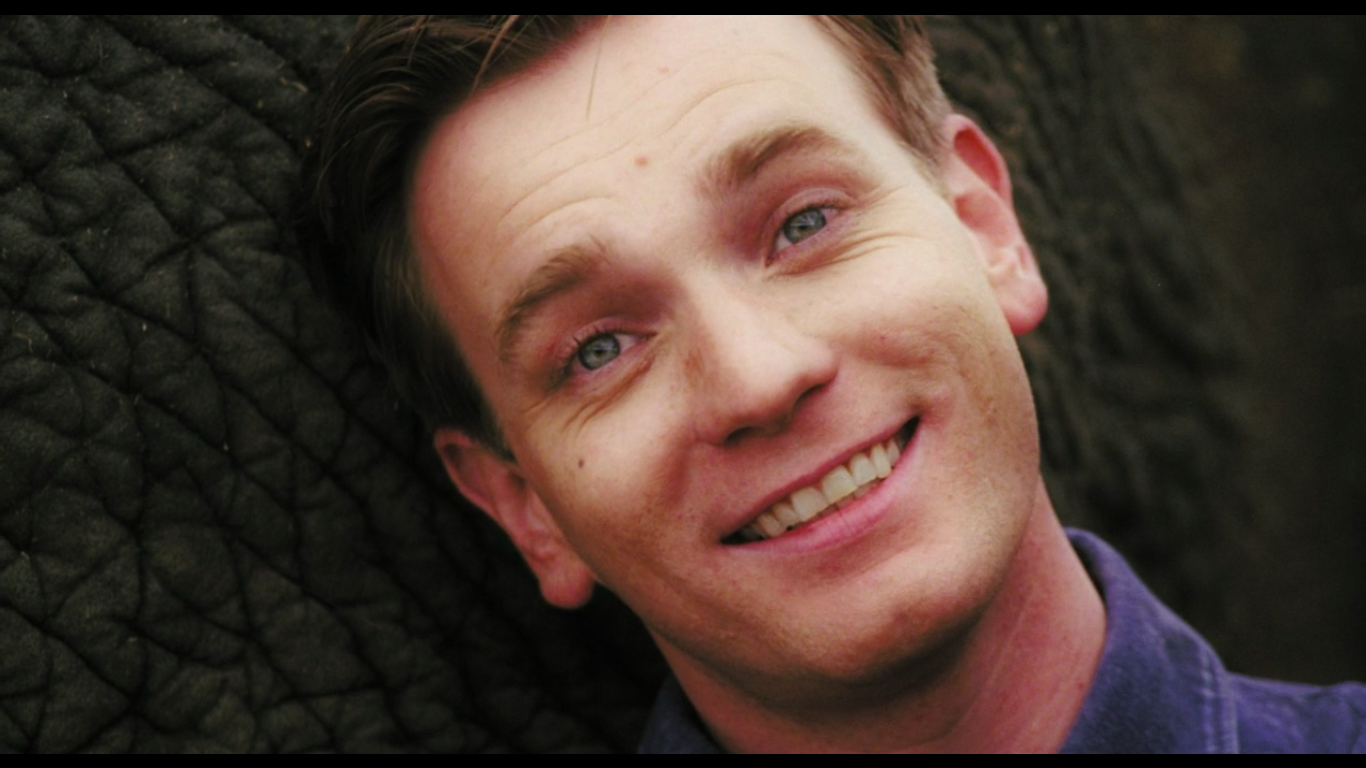
By possessing this skill, Edward Bloom’s stories become believable. As they come from a young man that follows his heart and is open to new possibilities, viewers feel as if they can trust Edward. His tales come from a young dreamer, rather than someone simply trying to create a spectacle. Essentially, Edward believes in this version of his life, so why shouldn’t viewers? The second viewers trust Edward, his fantasy world becomes that much more believable and the magic easier to accept as reality.
Costuming
The costumes used in Big Fish are the finishing touch to defining characters’ roles in the film’s mise en scène. The most obvious example of this is Amos. Amos is dressed in his chapter of the film in red, with a top hat and a cane. While the straightforward interpretation of this costume is a ringmaster, it also hints at a devilish interpretation of the character.

DeVito’s casting already cements Amos as a greedy trickster, while his costuming offers up the interpretation that Amos is also the devil of the south. When Edward shakes hands with Amos and agrees to work for him for no pay, he is essentially selling his soul to him. Amos’ bright red suit creates the impression that Edward has just made a deal with the Devil, or at least devilish like man. It is costuming that creates the connections to overarching myths such as this, which further exaggerates the idea that Edward and the people that he meets live in an American fantasy.
Happily Ever After
While America may not be Wonderland or Oz, Big Fish allows us to believe that it could be. When elements of the film’s mise en scène appear in real life there is hope that America could contain magic and fantasy. While the film’s mise en scène definitely mimics an exaggerated form of reality, it rests in a limbo where viewers can still recognize their own setting and believe in the wonderful possibilities around them. That is the beauty of Burton films in his style, a world that was once drab and boring instantaneously becomes one of wonder and mystique.
